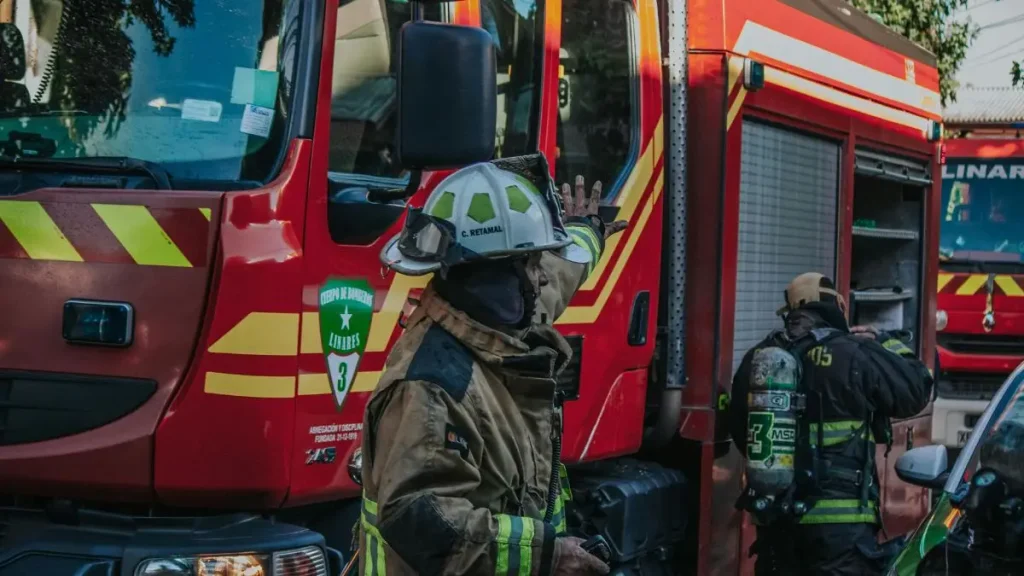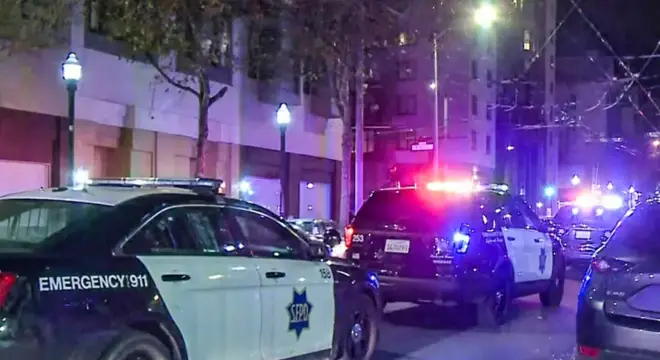One Dead After Being Pulled From Burning Philadelphia House
When I first read about the fire on East Sharpnack Street, it hit me how fast a normal afternoon can turn into something tragic. Firefighters got the call just after noon on Monday, October 27, in Philadelphia’s East Mount Airy neighborhood. Within minutes, they were inside a home where thick smoke had already filled the rooms.
According to officials, the fire had started in one of the bedrooms. Crews pushed through the smoke, found someone trapped inside, and managed to get them out. That rescue effort gave everyone hope — until word came that the person later died at a nearby hospital.
Another person who was inside escaped safely. Fire officials said the blaze was brought under control in about 20 minutes, which is remarkably fast for a structure fire. Still, those minutes were enough to change two lives forever.
It’s easy to scroll past stories like this, but I always find myself wondering — could anything have been done differently? Fires like this aren’t just about the flames; they’re about seconds, access, and awareness.
When was the last time you checked the smoke detectors in your home?
Firefighters’ Swift Response and the Tragic Outcome
When firefighters reached the home on East Sharpnack Street, neighbors say the scene was tense and smoky. The Philadelphia Fire Department confirmed in a Facebook post that crews rushed inside and managed to pull one person from a burning bedroom. For a few moments, there was hope — the kind of fragile hope that hangs in the air after every rescue.
The rescued resident was immediately taken to a nearby hospital. But despite the quick response, the department later confirmed that the person didn’t survive their injuries. A second person, who had been inside the same home, escaped on their own and was treated at the scene.
The fire, according to officials, was brought under control in roughly 20 minutes. It’s a reminder that even when emergency teams do everything right, the outcome isn’t always in their hands. You could feel the weight of that loss in the quiet updates that followed — the kind of silence only firefighters truly understand.
Investigation Underway
According to a report by NBC Philadelphia, the Philadelphia Fire Marshal’s Office has begun investigating what caused the blaze. Officials haven’t released any findings yet, but early signs point to the fire starting in one of the home’s bedrooms.
Right now, the focus is on understanding how quickly the fire spread — and whether the home had working smoke detectors or any electrical issues. These details matter because they often determine how fast a fire becomes deadly.
As someone who’s followed dozens of similar cases, I’ve seen how investigations like this often reveal something small but crucial: a forgotten battery, an overloaded outlet, or a blocked escape path. Each detail tells a story that might help prevent the next tragedy.
Similar tragedies have unfolded across the country — like the Arapahoe County house fire in Colorado where a woman was found dead despite firefighters’ quick response.
Philadelphia’s Ongoing Battle With Home Fires
If you live in Philadelphia, you’ve probably noticed — this city has had more than its share of deadly house fires. The 2022 Fairmount tragedy that killed 12 people still lingers in public memory. So does the Port Richmond fire earlier this year, where another resident lost their life.
Older homes, tight rowhouse layouts, and outdated wiring make some neighborhoods more vulnerable. Add in winter heating, candles, or even small appliances, and you’ve got a recipe for disaster. The East Mount Airy fire isn’t an isolated event; it’s part of a bigger story about how fragile safety can be in older city homes.
And here’s what makes it personal — many of these fires happen in places that look just like our own. It’s not about “those people” on the news. It’s about us — our homes, our habits, and the things we don’t think will ever go wrong until they do.
Lately, several local safety groups have also started sharing quick fire-prevention reminders and real-time alerts through WhatsApp channels — it’s one of the fastest ways residents are staying informed during emergencies.
What You Can Do to Stay Safe?

Let’s talk about prevention — because this is where awareness actually saves lives.
Here are a few things I’ve learned from covering local fire stories:
- Check your smoke detectors every month. Replace batteries twice a year.
- Keep exits clear. Hallways and doors should never be blocked by furniture, boxes, or clutter.
- Be cautious with heaters and candles. Most winter fires start when these are left unattended.
- Know two escape routes from every room — even if one involves a window.
- Never ignore small electrical issues. If lights flicker or outlets spark, get them checked immediately.
It’s easy to brush this off, but the people in that Sharpnack Street home probably didn’t expect a normal Monday to turn fatal either. Fire safety isn’t paranoia — it’s self-respect.
In a recent Columbus home fire, quick thinking and working smoke alarms made all the difference — another reminder that preparation truly saves lives.
Community Response and Local Support
After the fire, the Philadelphia Fire Department’s Facebook post filled with comments from residents — condolences, prayers, and promises to check their own alarms. It’s a painful but powerful reminder of how this city comes together when tragedy hits close to home.
Neighbors in East Mount Airy reportedly brought food and offered help to the family. Local church groups and block captains have already started talking about fire-prevention drives in older homes nearby.
It’s one of the things I love about Philly — when something terrible happens, people don’t just scroll past it. They act, they show up, and they remind each other what community really means.
If you’re reading this, maybe you can be that person too — the one who checks in on an elderly neighbor, helps replace a smoke alarm battery, or shares a safety reminder online.
Because sometimes, the smallest act can be the one that saves a life.
If a fire broke out in your home tonight, would you and your family know exactly what to do — and how to get out safely?
We’ve seen the same community strength in other parts of the country too — like after the Texas home fire where neighbors came together to support survivors and first responders.
The Takeaway — A Hard Reminder About Fire Safety
What happened on Sharpnack Street isn’t just another tragic headline — it’s a reality check for all of us who assume “it won’t happen here.” Someone was rescued, but still didn’t make it. That single fact should make anyone stop and think. Because fires don’t wait for panic, hesitation, or luck — they happen in seconds, and those seconds decide everything.
I’ve covered enough of these stories to know that most home fires aren’t caused by big, dramatic mistakes. They start small — an old wire, a space heater left on, a cluttered hallway blocking escape. Ordinary things. The same things you and I see every day and ignore.
But here’s the truth: prevention isn’t complicated. It’s boring, repetitive, and lifesaving. Checking smoke alarms, clearing exits, knowing your plan — that’s it. The problem is, we never realize how important those habits are until we’re standing outside, watching everything burn.
So before you close this tab, do one simple thing: test your smoke alarm. Just that. Then ask a friend or a neighbor if theirs works too.
Because the next fire story we read — or write — shouldn’t be about someone who didn’t make it out. It should be about the person who did, because they were ready.
If you want to read more real stories like this — and learn how people handled similar emergencies— check out our latest reports on our website Build Like New for more insights.
Disclaimer: This article is based on information released by the Philadelphia Fire Department and credible local reports. Details may change as the investigation continues. Readers are encouraged to follow official updates for the most accurate information.


